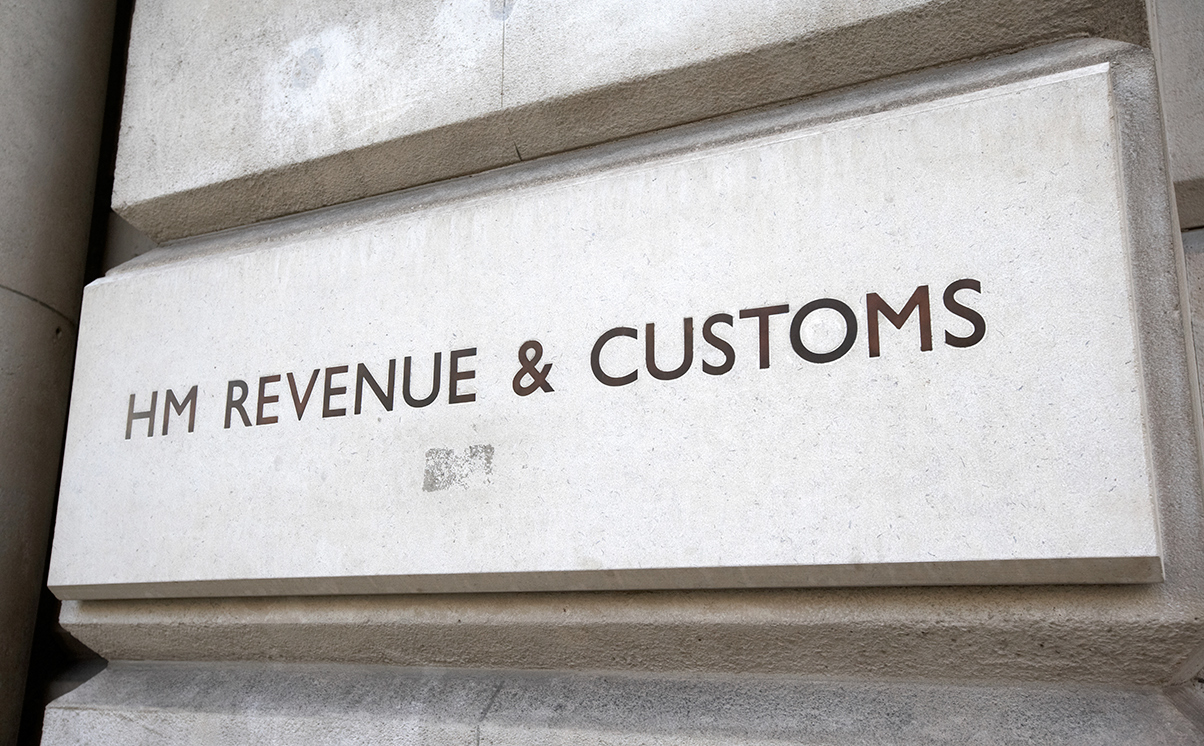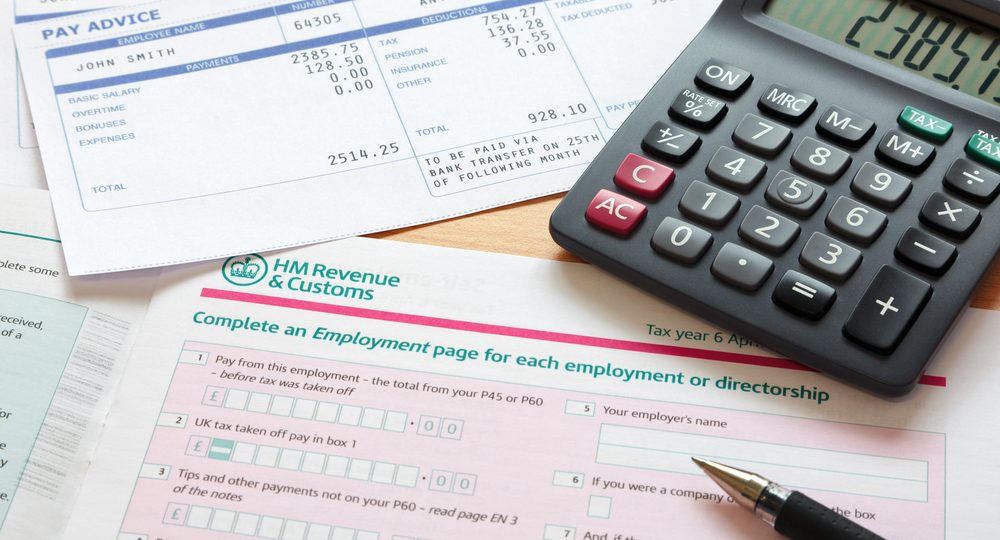In an article first written for the 21 June edition of Tax Journal, Tax Litigation and Resolution partner Matthew Greene considered a case in which the Upper Tribunal struck out penalties of £14m issued under FA 2008 Sch 36 para 50. Following this decision, it seems likely that HMRC will now be less flexible in relation to taxpayer requests for more time to comply with information notices.
In a decision made last year, but only published this month [June], the Upper Tribunal (UT) in Baxendale-Walker v HMRC [2024] UKUT 154 (TCC) took a detailed look at the penalty provisions which give teeth to HMRC’s information gathering powers contained in FA 2008 Sch 36. In doing so, the UT reached some important conclusions regarding the point at which a taxpayer is exposed to the risk of a tax-geared penalty, the extent to which HMRC can vary an information notice after it has been issued and what it means for a penalty to be ‘imposed’.
Recap of Sch 36 penalties
The case concerned an application by HMRC to impose a tax geared penalty on Paul Baxendale-Walker (‘PBW’) for non-compliance with a taxpayer information notice, and PBW’s request to have HMRC’s application struck out. As explained below, PBW’s strike-out application succeeded, but before delving into the details it is worth recapping on some of the relevant features of the Sch 36 penalties regime. All statutory references are to FA 2008 Sch 36 unless otherwise stated:
- A person is liable to a £300 penalty if they fail to comply with an information notice (para 39), and they are liable to a daily penalty of up to £60 for each subsequent day that the failure to comply continues (para 40).
- There is, however, no liability to a penalty under paras 39 or 40 if the person complies within such further time as HMRC have allowed (para 44) or if there was a reasonable excuse for the failure (para 45).
- HMRC have 12 months to assess and notify a para 39/40 penalty, beginning with the latest of the date on which the person became liable, the end of the appeal period and, if an appeal is made, the date on which it is determined.
- HMRC may apply to the UT for an additional penalty where the person becomes liable to the £300 penalty in para 39, the failure to comply continues after that penalty has been imposed, and HMRC have reason to believe that tax has been underpaid as a result of that failure.
- HMRC must make an application within 12 months of the relevant date. The relevant date is the date the person becomes liable to the para 39 penalty. This is extended if the underlying information notice has been appealed but, crucially, there is no similar extension if the para 39 penalty itself has been appealed (para 50(7)).
- It is then up to the UT to decide whether a para 50 penalty is appropriate and its amount. In making its decision, it must have regard to the amount of tax which is likely to have been underpaid.
Issues that arose in this case
PBW had been issued with an information notice and had not complied with it. HMRC imposed a para 39 penalty. PBW could not appeal the information notice itself (it had been approved by the First-tier Tribunal (FTT) so there was no right of appeal), but he appealed against the penalty. The non-compliance continued and HMRC applied to the UT for a substantial para 50 penalty of £14m.
Can HMRC apply for a tax-geared penalty while the para 39 penalty is still under appeal?
The apparent unfairness in this case is that the para 50 penalty is based on a para 39 penalty which is itself under appeal. PBW argued that this would produce an unjust result and would infringe his right to a fair and public hearing under the European Convention on Human Rights (ECHR). Invoking the ‘principle against doubtful penalisation’ (a principle of statutory interpretation which means that a person should not be subjected to a penalty except on the basis of clear law), PBW argued that para 50 should be construed such that a person is not considered ‘liable to a penalty under para 39’ if that liability has not been ultimately determined on an appeal.
The UT rejected this argument, holding that the legislation clearly proceeded on the basis that a person is liable to a penalty (whether or not that penalty has been assessed) from the point at which they fail to comply with the information notice. Paragraph 50 expressly provides for an extension to time limits where there is an appeal against the underlying information notice but had conspicuously not done so in respect of an appeal against a para 39 penalty.
An application by HMRC under para 50 is only a gateway however, so any unfairness (and any breach of the ECHR) can be avoided by sensible case management by the UT; in other words, the UT should not determine the para 50 penalty until any appeals relating to the underlying para 39 penalty have been exhausted.
Can HMRC vary an information notice after it has been issued?
PBW had reserved the right to argue at any substantive hearing that the information notice was ineffective on the basis that the final wording was not in exactly the same terms as that approved by the FTT, as HMRC had altered the deadline for compliance by giving an extra four days compared to the version approved by the FTT, to allow for the delay between the FTT granting approval and service on PBW.
The UT did not address this particular point, and the hearing appears to have initially proceeded on the widely held assumption that HMRC has a general power to vary a Sch 36 notice after it has been served on the taxpayer, whether under its general care and management powers under s 9 of the Commissioners for Revenue and Customs Act 2005 (CRCA 2005) or as result of para 44.
However, the UT, having asked for post-trial submissions from the parties, took the view that para 44 does not allow HMRC to extend time for compliance (albeit the UT indicated that this was not its ‘definitive view’ – see below). The UT held that ‘paragraph 44 does not deem a person not to have failed to comply with an information notice’. Rather, it relieves a person from penalties for non-compliance. This is a subtle but important distinction as it affects the initial point in time at which the taxpayer becomes liable to a penalty, which in turn has consequences for the deadline for making an application for a para 50 penalty.
Furthermore, the judge, relying on the Supreme Court’s decision in OWD Ltd and another v HMRC [2019] UKSC 30 held that CRCA 2005 s 9 does not confer powers on HMRC which Parliament could have conferred through a relevant statute but did not do so. In this case, Sch 36 did not provide an express power for HMRC to vary the requirements in a notice; in fact, para 44 itself would be redundant if HMRC in any event had the power under CRCA 2005 s 9 to amend the time limits in an information notice.
The UT also held (endorsing the FTT’s approach in Ahmed v HMRC [2020] UKFTT 337 (TC)) that HMRC should not be able to circumvent the time limits for issuing penalties by reissuing information notices in order to restart the clock.
Where does this leave HMRC and taxpayers when it comes to agreeing sensible extensions of time (or other variations, for that matter) for information notices?
As the UT recognised, HMRC will not be able to allow any extensions (for para 44 purposes) to run over the 12 months’ time limit. Twelve months would ordinarily be enough time for compliance, but some information notices are very wide ranging and benefit from time for clarification following discussions with HMRC. It seems likely that HMRC will now be more inflexible in their response to a request for more time (or more accurately, a request under para 44 for any penalty for non-compliance to be waived), particularly as they do not have the option of reissuing the notice.
It is worth reiterating that the information notice in this case was approved beforehand by the FTT. Whilst one can see the logic that that an information notice which was approved by the FTT should not be unilaterally varied afterwards (and certainly not in a way which is adverse to the taxpayer), what about notices which were not pre-approved?
The UT’s decision is based on the rationale that there is simply no statutory power for HMRC to vary notices once they are issued. On its face, this rationale would also apply to notices which were not approved beforehand by the FTT. The taxpayer does at least have the option of appealing against those notices however: for example, if the deadline for compliance is not reasonable.
In any event, this decision further highlights the desirability of HMRC raising informal requests for information before rushing to issue notices under Sch 36. This provides both parties with breathing space where a lot of the uncertainties around scope and timing can and should be resolved if possible.
In this case, HMRC had purported to extend the deadline for compliance with the information notice from 15 March 2022 until 15 March 2023. As they had no power to extend the deadline (merely power to waive penalties for non-compliance), HMRC had until 15 March 2023 to apply for the para 50 penalty (i.e. within 12 months of the date PBW became liable to the para 39 penalty). However, no application was made until 28 March 2023 – HMRC were too late.
When is a penalty imposed?
The UT considered what the outcome would be if it were assumed that HMRC could vary the information notice. HMRC wrote to PBW (by letter), copied to his advisers (by email) on 15 March 2023 saying: ‘This letter is a penalty notice. I am sending it to you under paragraphs 39 and 46 of Schedule 36 … As I have not received what the notice asked for, I am now charging you a £300 penalty.’
As noted above, an application for a para 50 can only be made once a person has become liable to a para 39 penalty and that penalty has been imposed. The problem for HMRC of course is that until after the end of 15 March 2023, PBW had not failed to comply with the notice. HMRC argued that ‘imposed’ required HMRC to assess the penalty and notify it. The penalty was not notified (and therefore imposed) until PBW himself was deemed to receive notification in the ordinary course of post (Interpretation Act 1978 s 7) on 16 March 2023.
The UT agreed that ‘imposed’ requires two steps: assessment and notification. But this did not assist HMRC, because HMRC had purported to assess the penalty on 15 March 2023 – before PBW had become liable (albeit only a few hours before). In this instance, HMRC were too early.
Practical consequences
In its concluding remarks, the UT appears reluctant to set out a firm conclusion as to the basis for striking out HMRC’s application, as on either view HMRC would lose: if HMRC could not vary the notice, their para 50 application was too late, but if they could vary it, they assessed the para 39 penalty too soon. This is somewhat frustrating as the extent, if any, to which HMRC can vary an information notice is clearly an important issue for taxpayers, advisers and HMRC alike. Although one would hope this case does not usher in a more rigid approach to information notices on HMRC’s part, this is a risk. We would then be likely to see more penalties assessed by HMRC and, inevitably, more taxpayers appealing against them, which means yet more pressure on the tribunal system.
You can find further information regarding our expertise, experience and team on our Tax Litigation and Resolution page.
If you require assistance from our team, please contact us.
Subscribe – In order to receive our news straight to your inbox, subscribe here. Our newsletters are sent no more than once a month.





